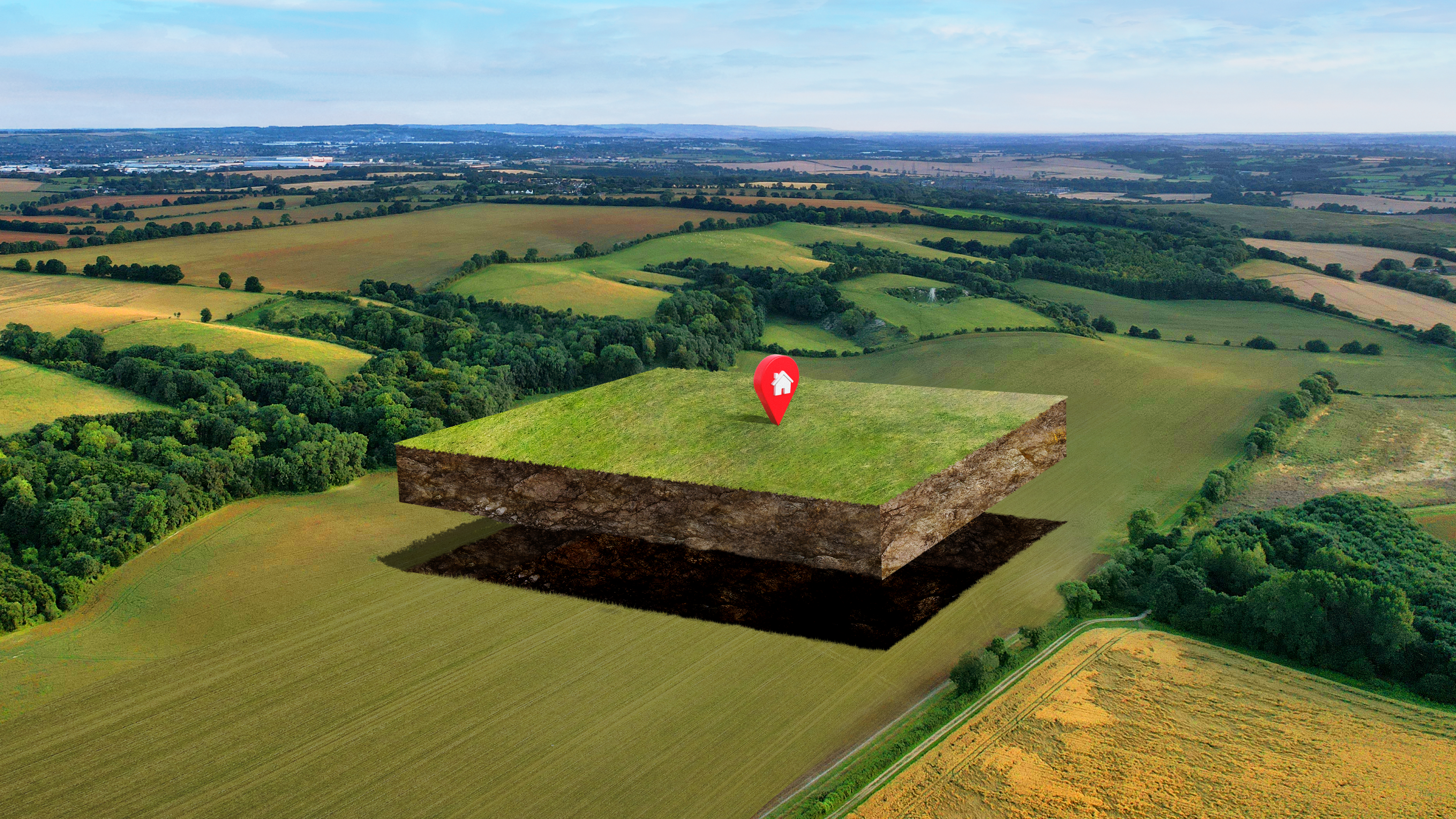GIS based Application for
LAMS
GIS based Application for Land Asset and Acquisition Management System

Project Overview
Adani Group sought to develop a centralized, GIS-based platform to streamline land-related activities across its various businesses, aggregators, and site teams. The platform aimed to coordinate land acquisition, management, and utilization processes, improving efficiency, transparency, and decision-making.
Project Objectives
The primary objectives of the project were to:
- Develop a platform to facilitate communication and collaboration among different business units, land teams, and aggregators.
- Streamline the land acquisition process, from initial proposal to final land acquisition.
- Create a centralized repository for land-related data and documents.
- Provide real-time visibility into land acquisition progress and status.
- Enable data-driven decision-making through advanced analytics and reporting.
Project Scope
The project encompassed the development, implementation, and training of an ESRI-based platform, including:
- Platform development: Creation of a web-based and mobile-compatible application for various user roles.
- Workflow management: Implementation of workflows for land acquisition, evaluation, and approval.
- Data integration: Integration of land-related data from various sources, including existing systems and databases.
- Spatial analysis: Incorporation of spatial analysis tools for land suitability assessment and optimization.
- Document management: Secure storage and management of land-related documents.
- Dashboard development: Creation of customized dashboards for different user roles to visualize key performance indicators.
- User training:Provision of comprehensive training to end-users on platform functionalities.
Project Outcomes and Impact
The successful implementation of the ESRI-based land management platform has yielded significant benefits for Adani Group, including:
- Improved efficiency: Streamlined land acquisition processes, reducing turnaround time and associated costs.
- Enhanced collaboration: Facilitated communication and collaboration among different stakeholders.
- Data-driven decision-making: Provided access to real-time data and analytics for informed decision-making.
- Risk mitigation: Reduced land acquisition risks through comprehensive due diligence and compliance checks.
- Cost optimization: Optimized land acquisition costs through efficient resource allocation.
- Regulatory compliance: Ensured adherence to land acquisition regulations and standards.
Key Performance Indicators
The project's success was measured through key performance indicators, including:
- Reduced land acquisition cycle time: Achieved a significant reduction in the average time taken to acquire land.
- Increased proposal success rate: Improved the success rate of land acquisition proposals.
- Enhanced data accuracy: Ensured data integrity and consistency across the platform.
- User satisfaction: Measured user satisfaction through surveys and feedback.
Conclusion
The ESRI-based land management platform has transformed Adani Group's land acquisition and management processes. By providing a centralized and collaborative platform, the project has significantly enhanced efficiency, transparency, and decision-making capabilities. The platform has proven to be a valuable asset for the organization, supporting its growth and expansion plans.
- React Js
- Node Js
- Microsoft SQL Server
- Arc GIS
© Copyright 2025 LGEOM. All Rights Reserved
